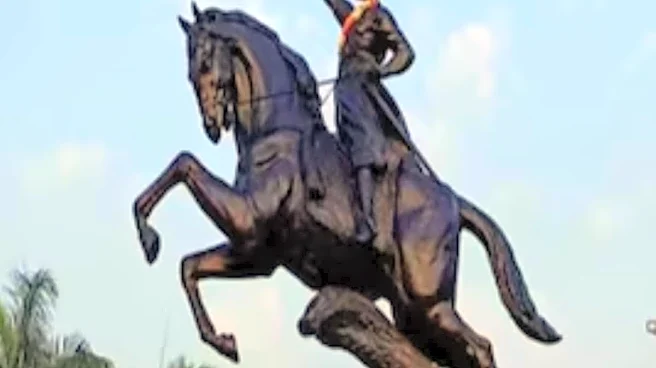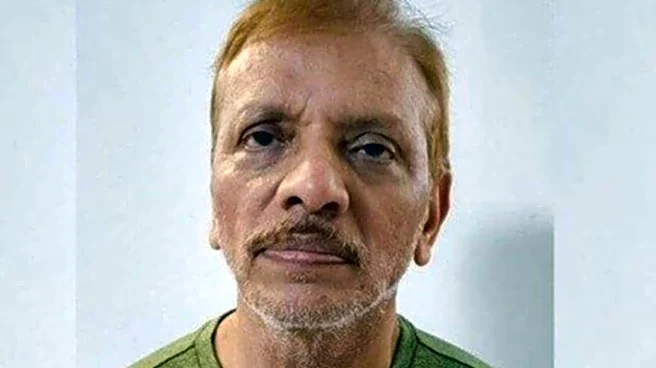You often see horse statues at city intersections, from Shivaji Maharaj to many great warriors; most are shown astride their horses in striking poses. But have you ever noticed the horse’s legs closely? Sometimes one leg is raised, sometimes all the legs are on the ground, and sometimes the forelegs are in the air. Have you ever wondered why?
Surprisingly, the position of the horse’s legs is said to reveal how the warrior died. This isn’t mere superstition but a symbolic tradition that dates back to the 11th century; a hidden code that many sculptors still follow today.
Birth Of The ‘Equestrian Statue Code’
This fascinating custom began during the American Civil War, when thousands of soldiers perished and memorial statues were built to honour them. Sculptors wanted to depict not
only their bravery but also the manner of their death, and so, the horse’s legs became a silent storyteller.
Without even reading the plaque, onlookers could understand how the hero had met their fate. The rule became known as the Equestrian Statue Code, later recognised by Snopes and the History Channel.
The 3 Hidden Rules Behind Every Horse Statue
According to this code, three symbolic leg positions were used:
- All legs on the ground – The warrior died of natural causes such as old age, illness, or accident.
- One leg raised – The warrior was injured in battle but died later.
- Both forelegs raised (rearing) – The warrior died while fighting on the battlefield.
The code was first seen in Washington DC, in the statue of General George Thomas, and soon over 300 statues at Gettysburg Battlefield were crafted following the same symbolic system.
When Did The Equestrian Statue Code Reach India?
In India, this artistic code is believed to have started with the statues of Chhatrapati Shivaji Maharaj. Most of his statues depict the horse with all four legs firmly on the ground, symbolising that the Maratha king died a natural death.
View this post on Instagram
However, the now-removed statue of King George V near India Gate in Delhi showed the horse rearing up, indicating a death in battle, even though history records that George V did not die in combat.
When The Code Doesn’t Match
Even at Gettysburg, the code isn’t always consistent. For example, General John Reynolds’ statue shows the horse with both legs on the ground, despite his death in battle. Historians suggest these exceptions might be due to artistic freedom, design limitations, or even tight budgets.
Similarly, in India, this symbolic language is loosely followed. The Shivaji statue at Fort, Mumbai, shows the horse standing calmly, reflecting his natural death.
But in Lucknow, near the Hussainabad Clock Tower, a statue shows one leg raised, even though the Nawab it commemorates died of natural causes.
While the Equestrian Statue Code doesn’t always hold true, it remains a captivating blend of history, art, and symbolism. Through the subtle stance of a horse, sculptors found a way to tell the story of courage, loss, and legacy, a code that still gallops through time, whispering the untold tales of heroes long gone.


/images/ppid_a911dc6a-image-176208202786293609.webp)





/images/ppid_a911dc6a-image-176218383420896071.webp)


/images/ppid_a911dc6a-image-176205682928174528.webp)
/images/ppid_a911dc6a-image-176205409524468775.webp)
/images/ppid_a911dc6a-image-176200702694690333.webp)
